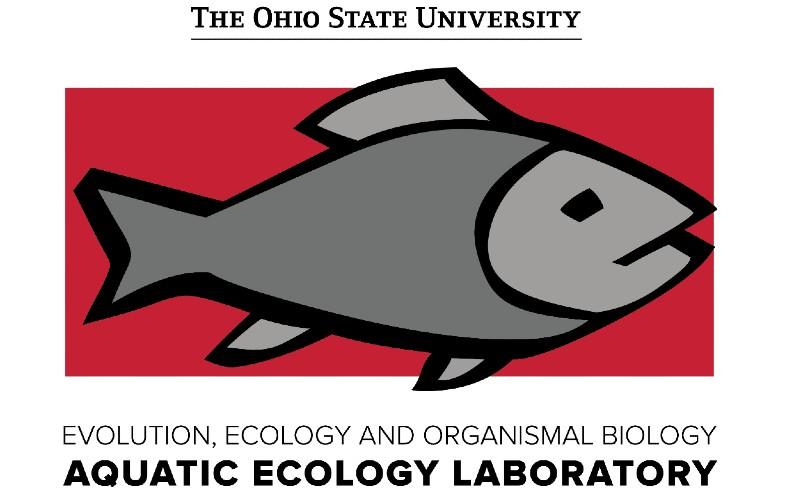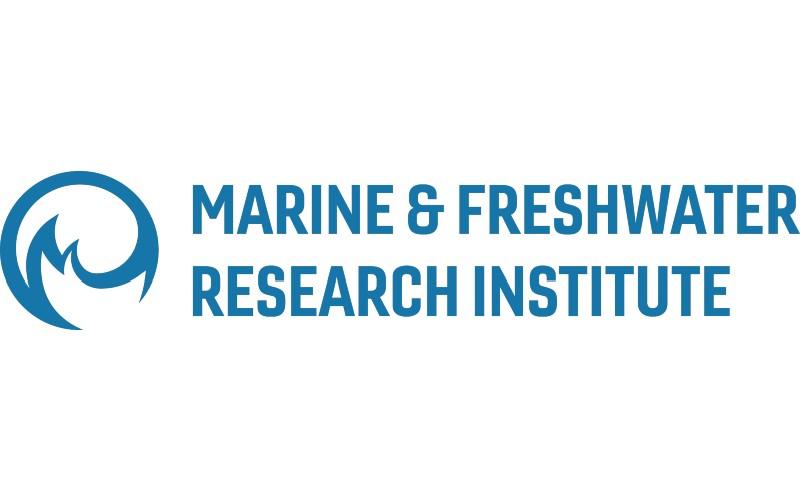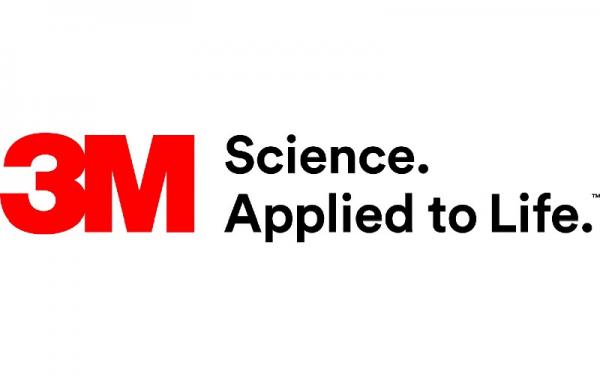Interactive Effects of Climate Change and Nutrient Pollution on Stream Ecosystems
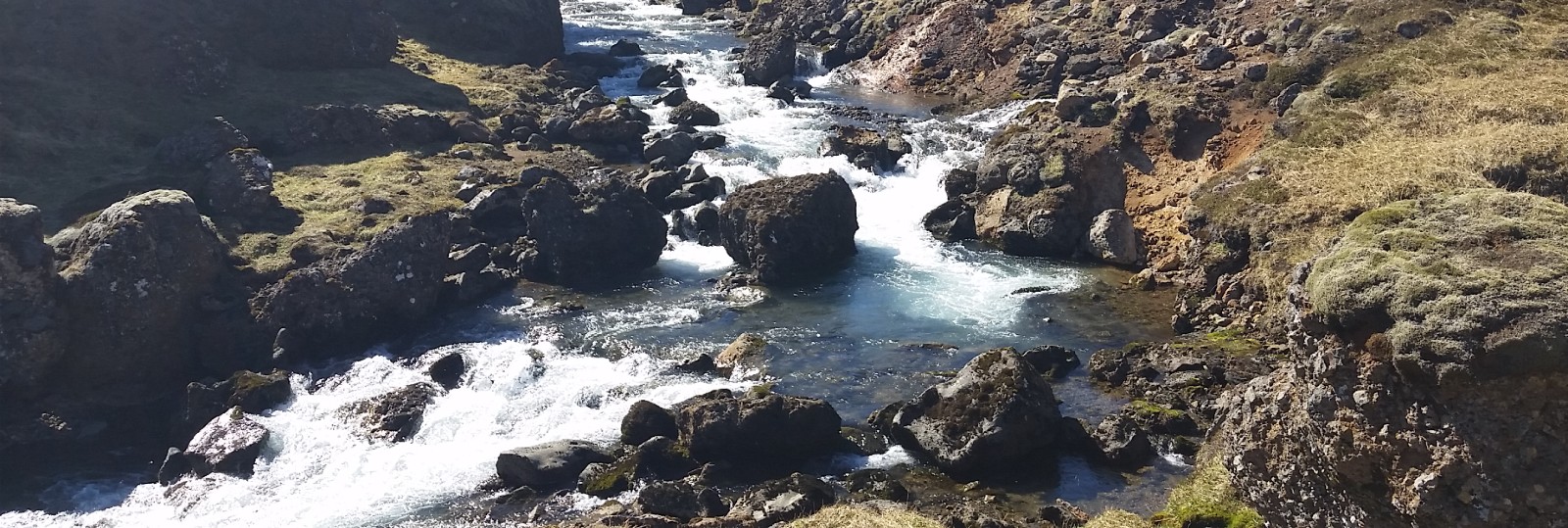
Overview
The effects of warming and nutrient enrichment – two central drivers of global change – on communities and ecosystems have been studied in isolation for decades. However, we still have a limited understanding of how these two factors interact to influence ecosystem processes such as carbon (C), nitrogen (N), and phosphorus (P) cycling. Of particular interest are the effects of warming and nutrient enrichment on ecosystem metabolism (gross primary production [GPP], ecosystem respiration [ER], and net ecosystem production [NEP]), which ultimately drives C, N, and P cycling and supports food web production. Our research aims to understand how temperature and nutrients influence ecosystem metabolism in streams, which are “hotspots” of biogeochemical activity and play an integral role in global C, N and P cycles.

This project sought to identify how links between N and P availability, stream biofilm functional groups, and nutrient acquisition may influence the response of GPP to warming. For instance, streams with low N availability may be dominated by biofilms consisting of N-fixing taxa, which can result in a strong GPP response to warming, while streams with high N-availability may be dominated by taxa which uptake N from the surrounding environment, and thus respond less strongly to warming. We conducted a series of side-stream channel experiments in the Hengill region of Iceland to understand how N and P availability and temperature influence stream biofilm functional groups, nutrient acquisition, and stream metabolism. Our findings indicate that N availability (but not P availability or N:P ratios) shaped functional groups, N acquisition pathways, and altered stream GPP response to warming. These results demonstrated that climate warming and nutrient enrichment can have interactive effects on ecosystem processes and suggest that realistic mechanistic models useful to understanding ecosystem change must consider biomass dynamics, N cycling, and the response of key producer functional groups.
Objectives
Overall: Determine how N and P enrichment influence stream ecosystem metabolism response to temperature
Q1: Do temperature and nutrients have univariate, additive, or interactive effects on ecosystem metabolism?
Q2: Via what pathways do temperature and nutrients influence ecosystem metabolism? (i.e., links between N and P availability, biofilm functional groups, N acquisition, and ecosystem metabolism response to warming)
Q3: Are responses of N2 fixation to temperature mediated by DIN concentration or N:P ratio?

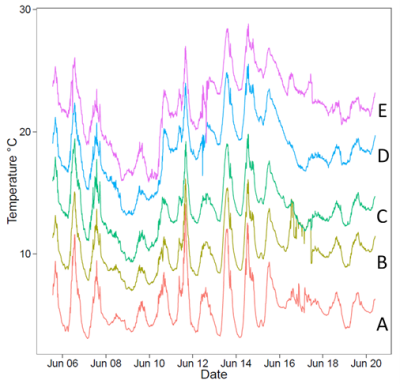
To examine how nutrients influence ecosystem responses to warming, we conducted three streamside channel experiments that manipulated water temperature (8º-24ºC), dissolved inorganic nitrogen concentrations (DIN; Experiment 1), soluble reactive phosphorus concentrations (SRP; Experiment 2), and DIN:SRP ratios (Experiment 3). These experiments utilized a response-surface design, consisting of five temperature treatments and six nutrient treatments for a total of 30 unique temperature-nutrient combinations (n = 1; Figure 1). Temperature treatments ranged from 8°C-25°C at approximately 4°C intervals, and exhibited seasonal and diel variation similar to the source stream (Figure 2). This design allowed us to characterize potential threshold responses or non-linearities, as well as subtle temperature x nutrient interactions. We conducted our study during three growing seasons (May-August, 2015-2017) in a grassland watershed draining the Hengill volcanic region in southwestern Iceland.
We created our experimental temperature gradient using gravity-fed heat-exchanger systems immersed in geothermally heated springs, and created our nutrient treatments using a gravity-fed dripper system that delivered a nutrient stock solution to each individual channel at a constant rate. N and P stock solution, contained within the nutrient reservoirs, was gravity-fed to the respective float valve. Stock solution was then delivered to each channel at a standardized rate via a 27-gauge needle (Figure 3). We supplied water from each temperature treatment and stock solution from each nutrient treatment to experimental channel flumes and allowed biofilms to naturally colonize the channels for approximately 45 days. We then measured a variety of ecosystem response variables, including: ecosystem metabolism (GPP, NEP, ER), N-uptake, N-fixation, biofilm biomass, and community composition.
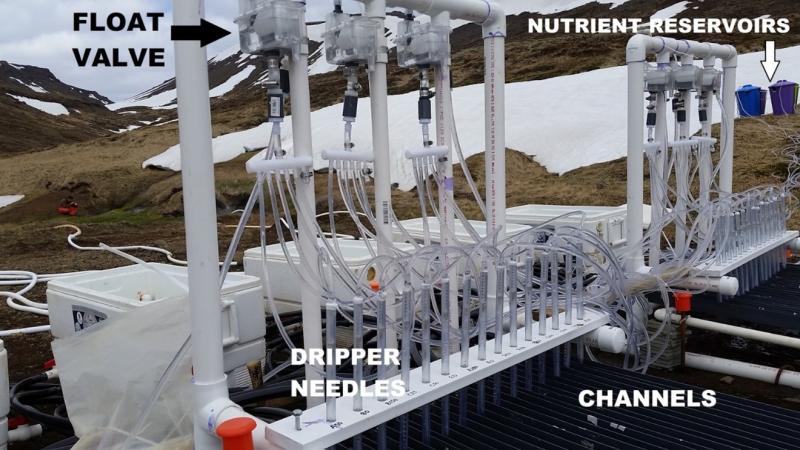
Our results indicate that N availability can influence stream ecosystem response to warming. Increased N availability inhibited N-fixation, thus shifting biofilms to non-N-fixing taxa and altering how GPP responded to temperature. Surprisingly, P availability and N:P availability did not influence N acquisition, functional groups, or GPP response to warming. This study provided understanding of how nutrient availability, community composition, and N acquisition combine to shape primary production and its response to future climate change scenarios.

- In prep: Collis, L.M., J.P. Benstead, W.F. Cross, P.C. Furey, G. Gíslason, A.D. Huryn, P.M. Johnson, J. Ólafson, J.R. Welter, J.M. Hood. Nitrogen fixation mediates the response of stream primary production to temperature by nutrient interactions.
- In prep: Goertzen, H.R., Collis, L.M., J.P. Benstead, W.F. Cross, P.C. Furey, G. Gíslason, A.D. Huryn, P.M. Johnson, J. Ólafson, J.R. Welter, J.M. Hood. Influence of thermal acclimation and nitrogen enrichment on the temperature dependence of stream metabolism. Target Journal: Freshwater Biology
Iceland Stream Warming Study Provides a Preview of Climate Change, Steve Werblow, YSI Water Blogged. March 7, 2018,
Iceland proves a rich and varied field for student’s summer research, Sam Bertholf, The Kansan. September 28, 2017.
Science is fun!
Collaborators
Funding Sources
Investigators
Filters: On-going, Linkages between invertebrates, primary producers, and nutrient cycles, Human impacts on aquatic ecosystems and biodiversity, NSF, Other

